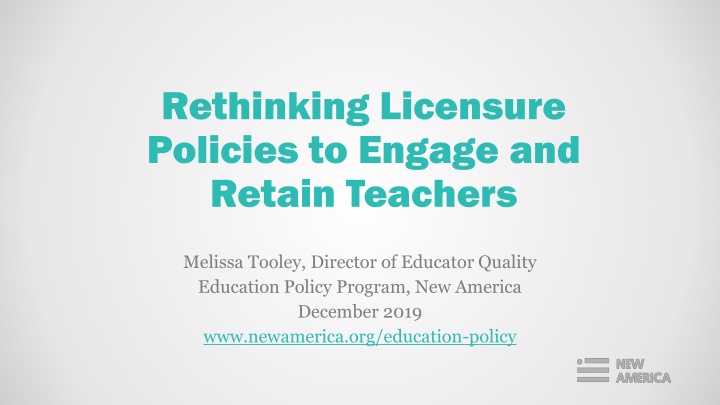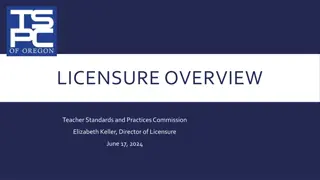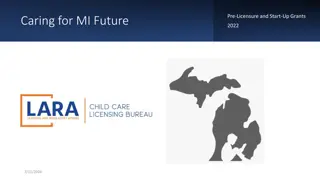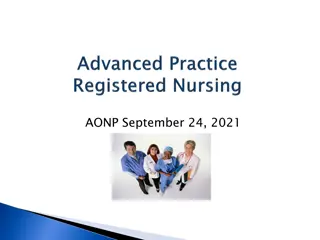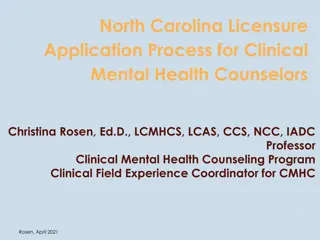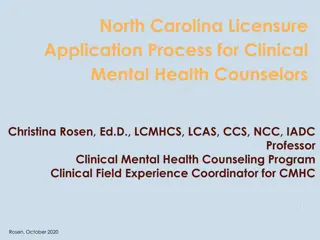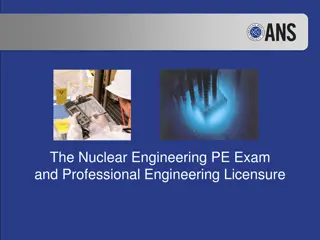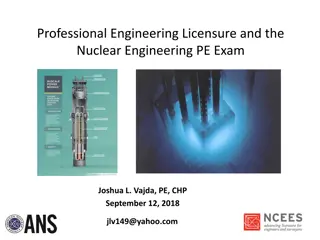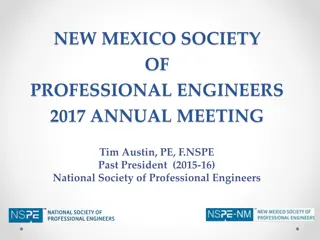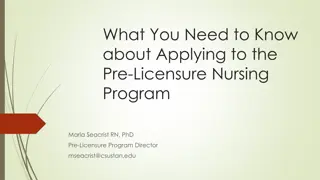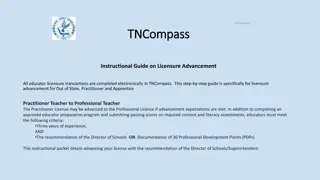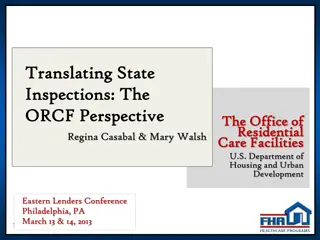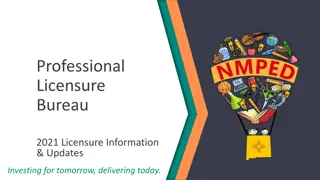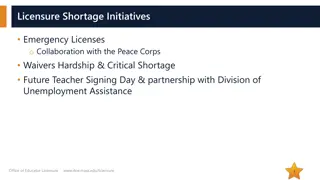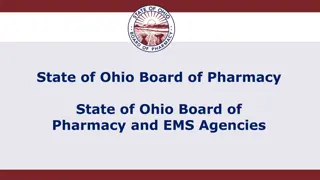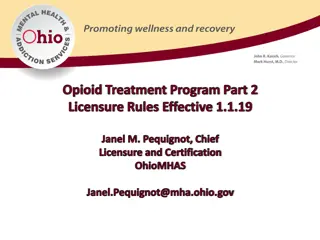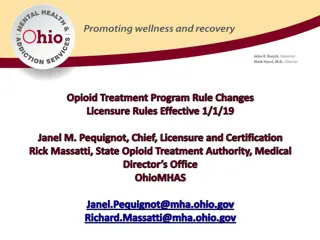Rethinking Licensure
This December 2019 report by Melissa Tooley explores challenges and opportunities in ongoing teacher licensure policies, focusing on license renewal, professional growth opportunities, and teacher retention issues. It highlights the importance of meaningful career advancement paths for educators to address teacher shortages.
Download Presentation

Please find below an Image/Link to download the presentation.
The content on the website is provided AS IS for your information and personal use only. It may not be sold, licensed, or shared on other websites without obtaining consent from the author.If you encounter any issues during the download, it is possible that the publisher has removed the file from their server.
You are allowed to download the files provided on this website for personal or commercial use, subject to the condition that they are used lawfully. All files are the property of their respective owners.
The content on the website is provided AS IS for your information and personal use only. It may not be sold, licensed, or shared on other websites without obtaining consent from the author.
E N D
Presentation Transcript
Rethinking Licensure Policies to Engage and Retain Teachers Melissa Tooley, Director of Educator Quality Education Policy Program, New America December 2019 www.newamerica.org/education-policy
Traditional Teacher License Tiers Initial Initial Advanced Advanced Standard Standard Every state but NJ Requires Some Action to Maintain License 2
Teacher Shortage Focus Has Been On Entry Into Teacher Pipeline State policy discussions have largely focused on initial licensure process, and how to balance access with quality But states licensure requirements/options for current teachers have largely been overlooked 3
Challenges and Opportunities for Ongoing Teacher Licensure Policies 4
License Renewal and Advancement Policies: Why Do They Matter for Teacher Shortages? I wish there were more opportunities to further my career and professional skills while staying in the classroom. Voices from the Classroom Teacher Survey (Educators for Excellence, 2018) 5
LACK OF MEANINGFUL GROWTH OPPORTUNITIES AFFECTS RETENTION #1 reason teachers voluntarily leave their job: Lack of professional development and advancement opportunities (60%) 6
CHALLENGE: License Renewal Requirements Every state but one has license maintenance requirements, which largely focus on continuing ed 7
CHALLENGE: License Renewal Requirements 8
CHALLENGE: Little Upside to Attaining Advanced Roles Teacher Leadership Opportunities Databurst (National Council on Teacher Quality, 2019) 9
CHALLENGE: Advanced License/Role Requirements Wide variation in state requirements for attaining advanced licenses or roles Tasks (Input measures): E.g., meeting set number of years of experience; completing additional coursework; completing an advanced degree/certificate program; passing an assessment; submitting proof of current employment with a school district. Evidence of effectiveness (Output measures): E.g., meeting set number of years of successful experience; passing a performance assessment; submitting a portfolio; providing evidence of leadership skills; submitting a letter of recommendation from an employing district. 10
RETHINKING LICENSURE: Opportunities to Address Teacher Retention Changes to licensure tiers and the requirements to attain and retain them gives states an opportunity to address key elements driving teacher shortages by increasing: Teacher Engagement Professional Growth Advancement Opportunities 11
OPPORTUNITIES: National Board Certification 30 states allow teachers who engage in the National Board of Professional Teaching Standards rigorous certification process to count it toward standard license renewal 12
OPPORTUNITIES: Professional Growth Plans (PGPs) Currently, 12 states incorporate PGPs as part of the standard teacher relicensure process 13
OPPORTUNITIES: Professional Growth Plans (PGPs) PGPs could function as National Board- lite as they: Identify goals for learning Map out plan of activities toward goals Complete activities & submit evidence of growth However, currently most PGPs promote professional growth in name only Focus still on counting credits, CEUs, or time spent rather than on promoting coherent, needs-driven learning plan Meaningful assessment of professional growth rare 14
BRIGHT SPOTS: PROFESSIONAL GROWTH PLANS As of 2017, all Georgia teachers create Professional Learning Goals (PLGs) or a Professional Learning Plan with supervisor input. Designed to promote systemic coherence & needs-driven, school-based professional learning opportunities Teachers growth & learning assessed directly by supervisors, not by time Local implementation with support from state agencies 15
RETHINKING LICENSURE: OTHER STRATEGIES WITH PROMISE Multiplier Policy Kansas Local Professional Development Committees Ohio Micro-credentials Tennessee 16
TWO KEY TAKEAWAYS 1) Replace license renewal systems based on time- oriented measures with approaches that more directly measure whether professional learning and growth have occurred 2) Ensure opportunities for advancment within the teaching profession that are based on relevant demonstrated competency and paired with meaningful incentives 17
